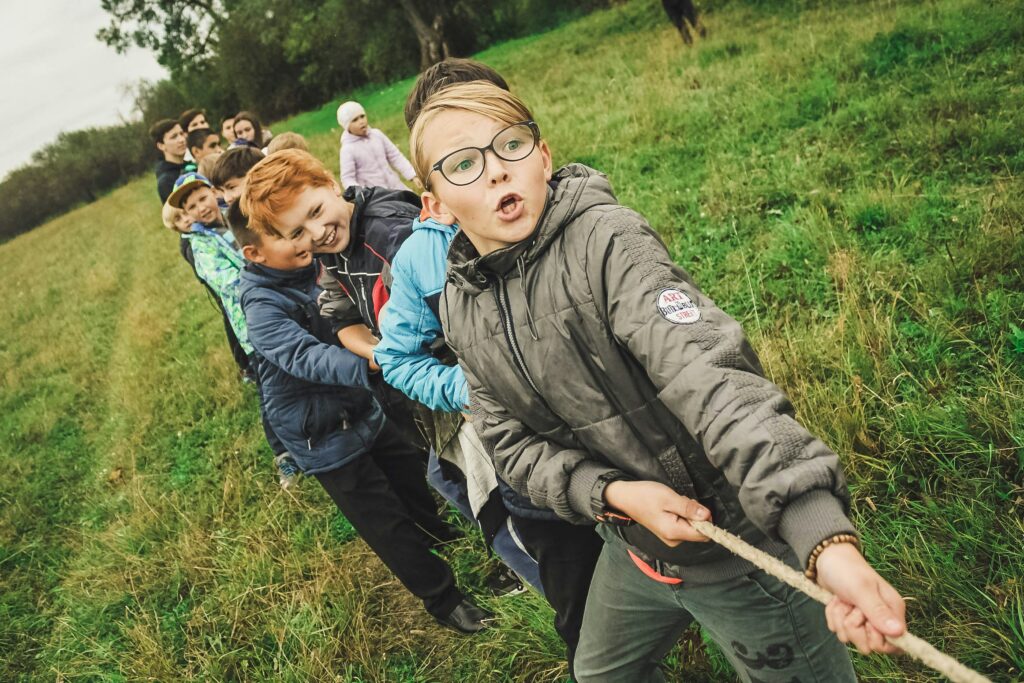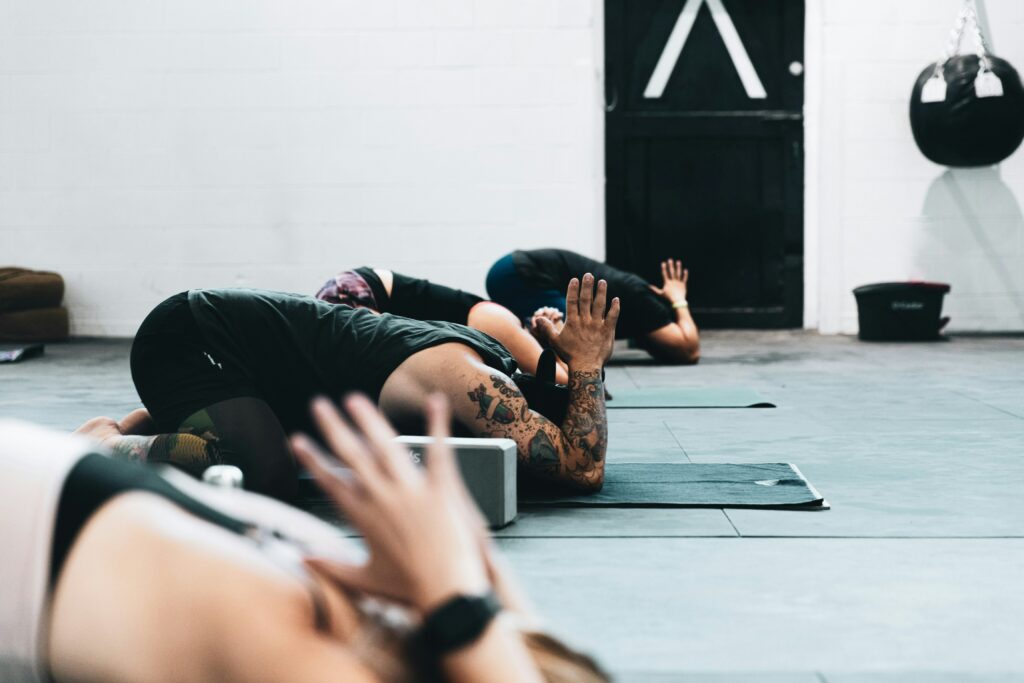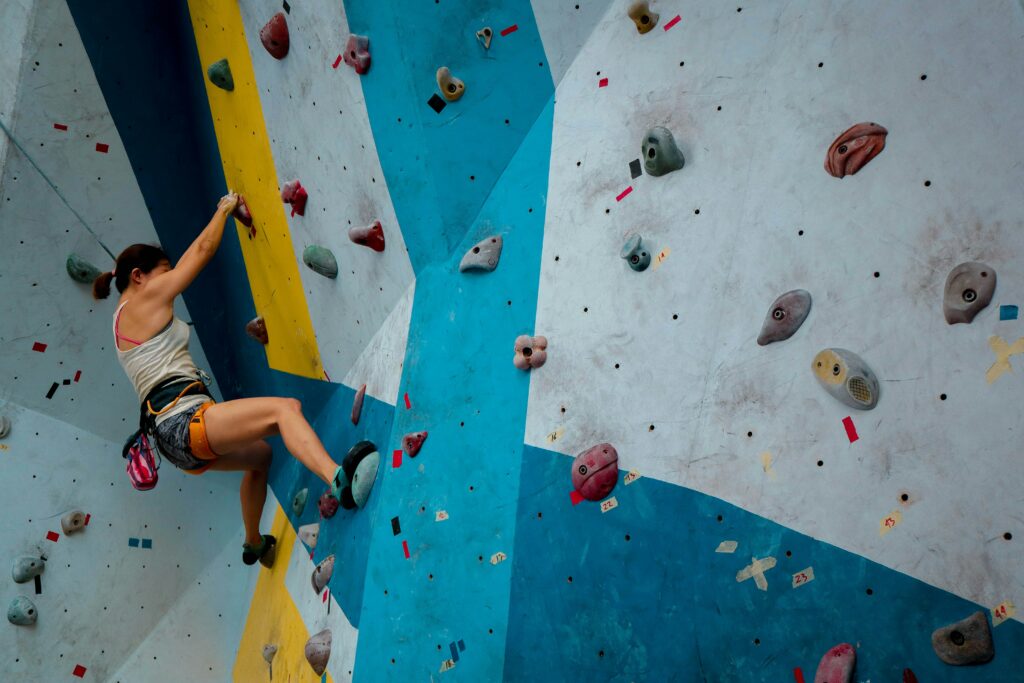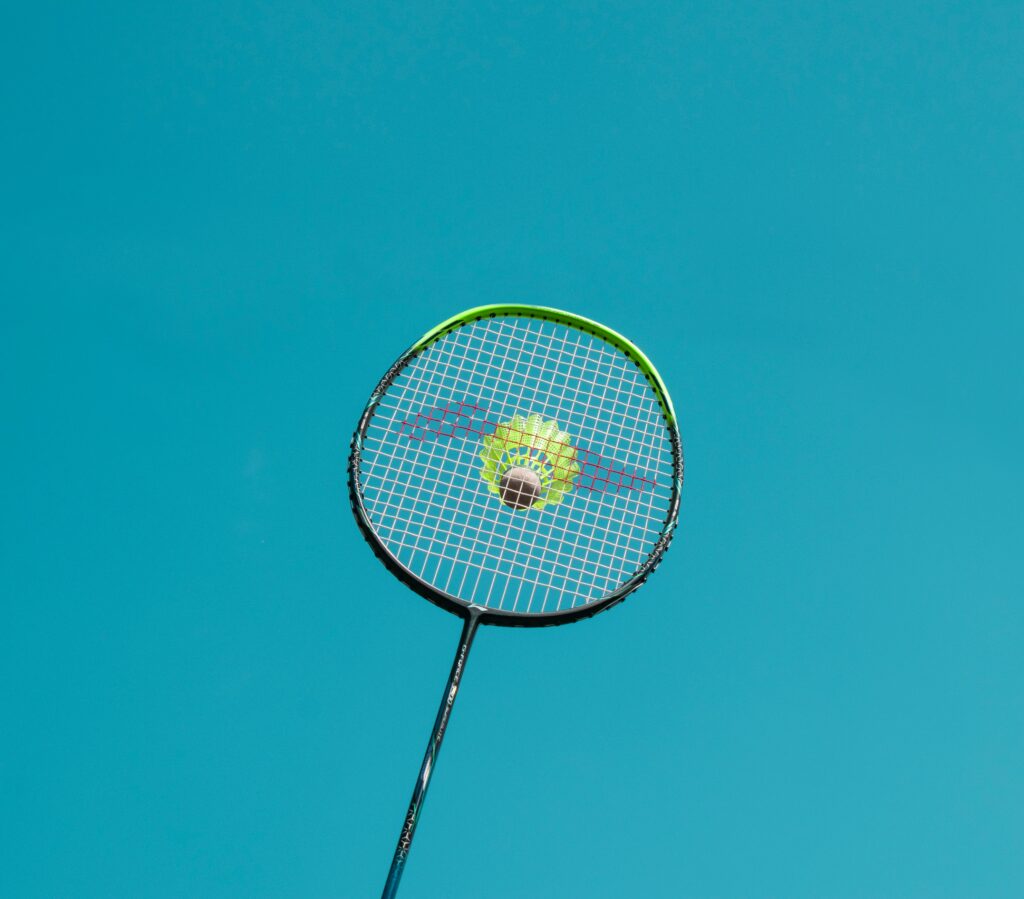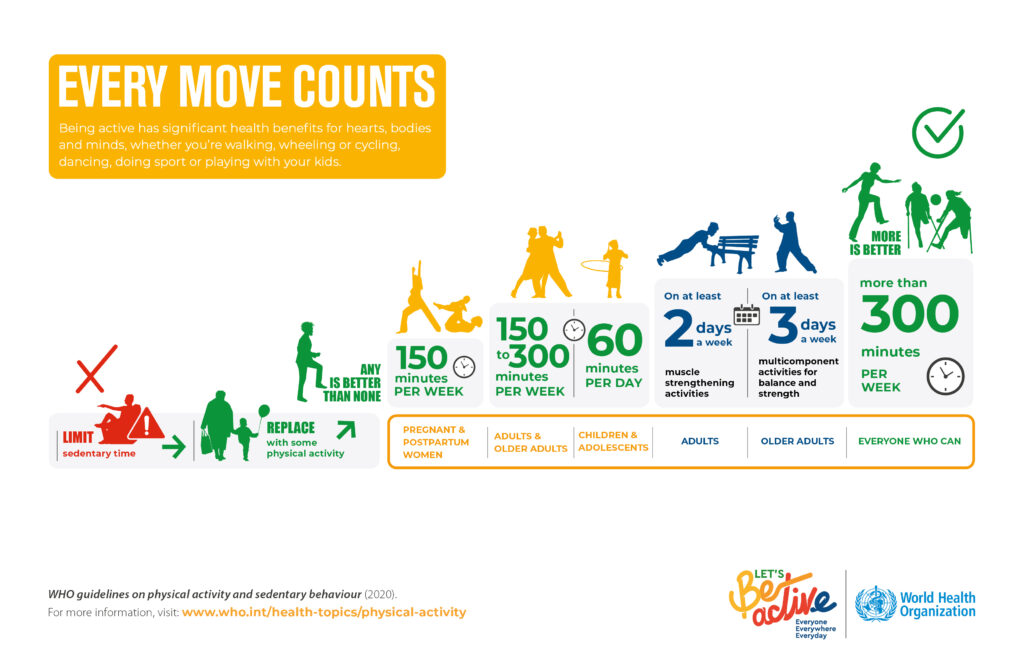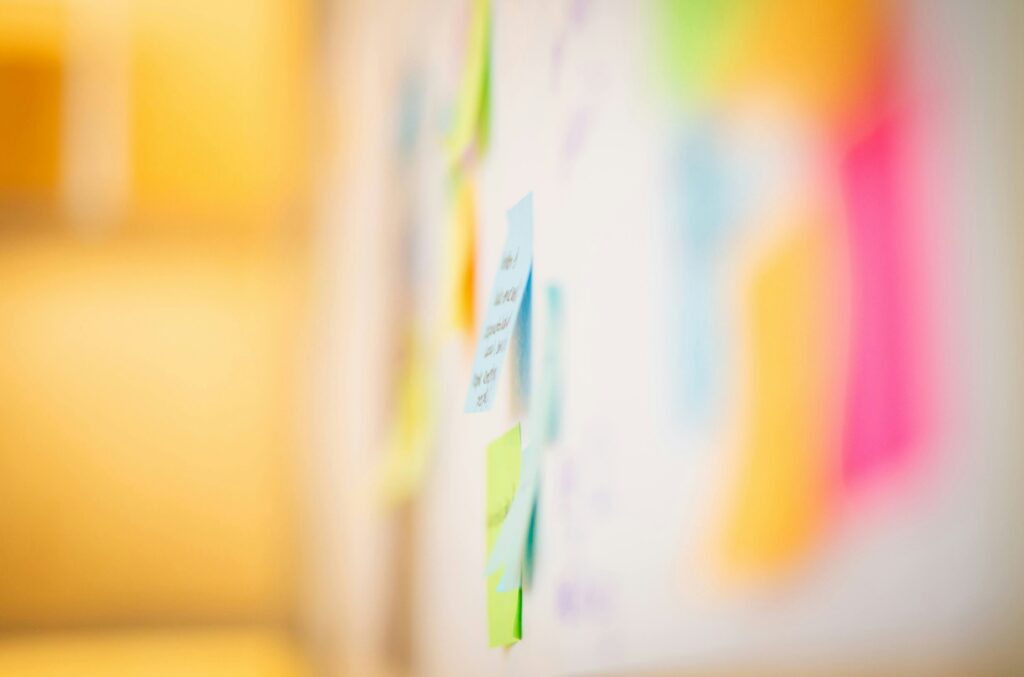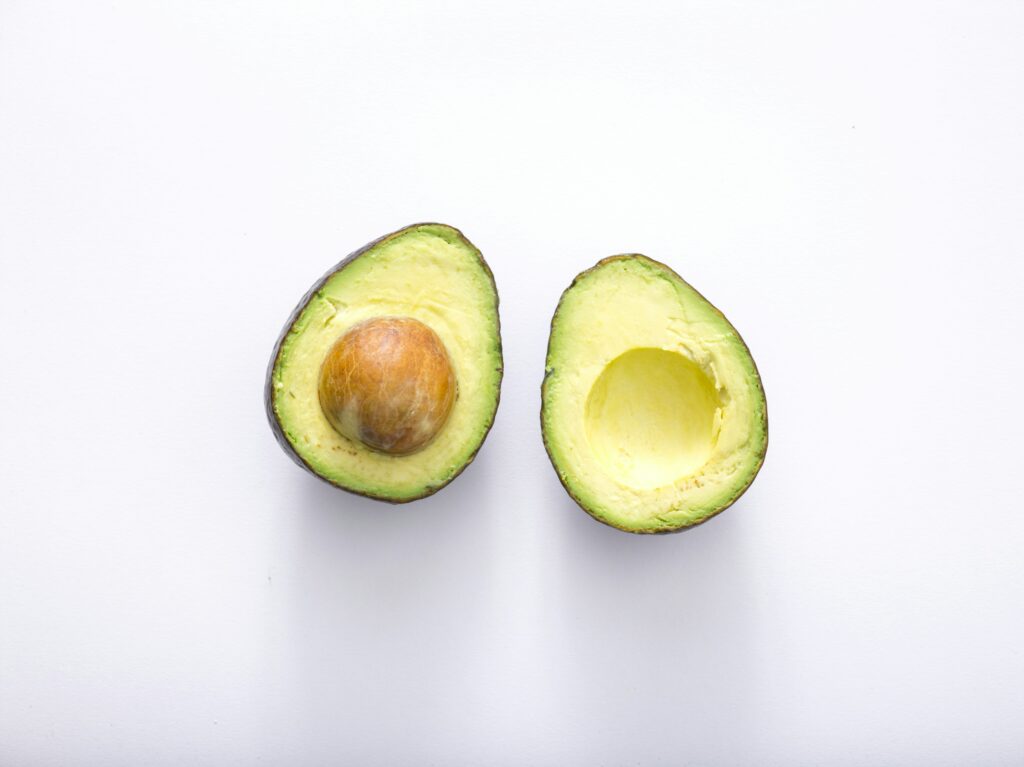One thing I’ve learned well
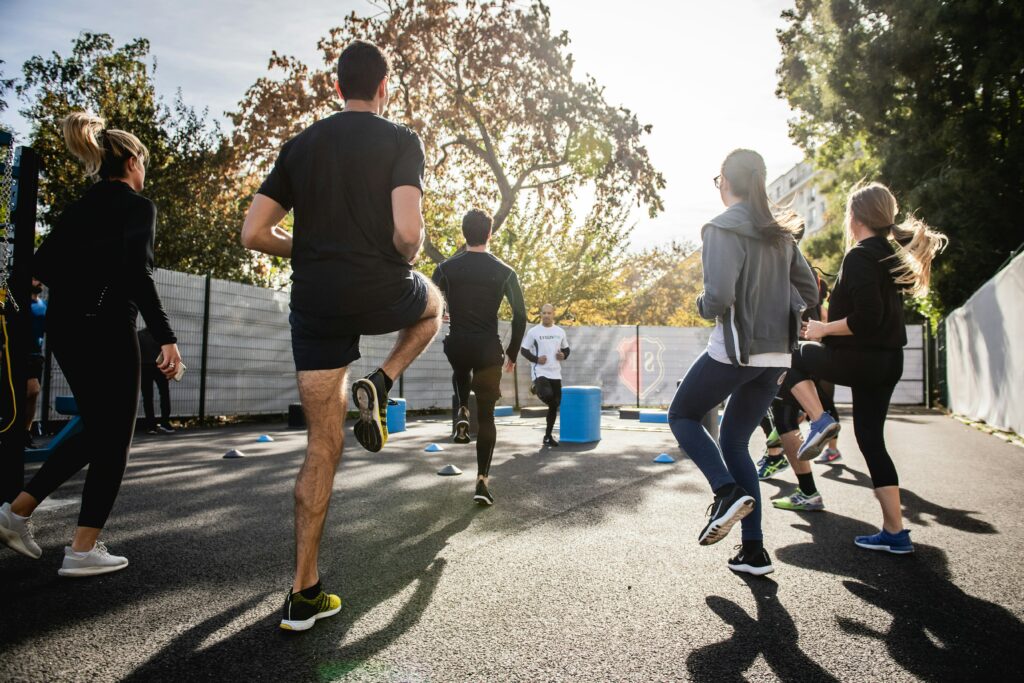
I have developed an good understanding of the the Universal Design for Learning (UDL) framework and how you can include it in physical education. UDL: Multiple Means of engagement, representation, and action/expression create inclusive learning.
For me, what was different was how UDL advocates planning for learning that will touch different parts of the brain. Circuit training stations promote students to perform activities according to their skill level, while providing the choice to work individually, with a partner, or as a team keeps them driven.
Also, the level of passive learning is so low since we acknowledge different learning methods, so we give visual, verbal, and hands-on instructions. For example, students demonstrate a serve in volleyball, verbalize a serve to their partner, or create a video to analyze.
In my future practice, I will be implementing UDL by creating activities that are adaptable to various needs, providing the opportunity for success for all students.
One Thing I’ve Found Interesting
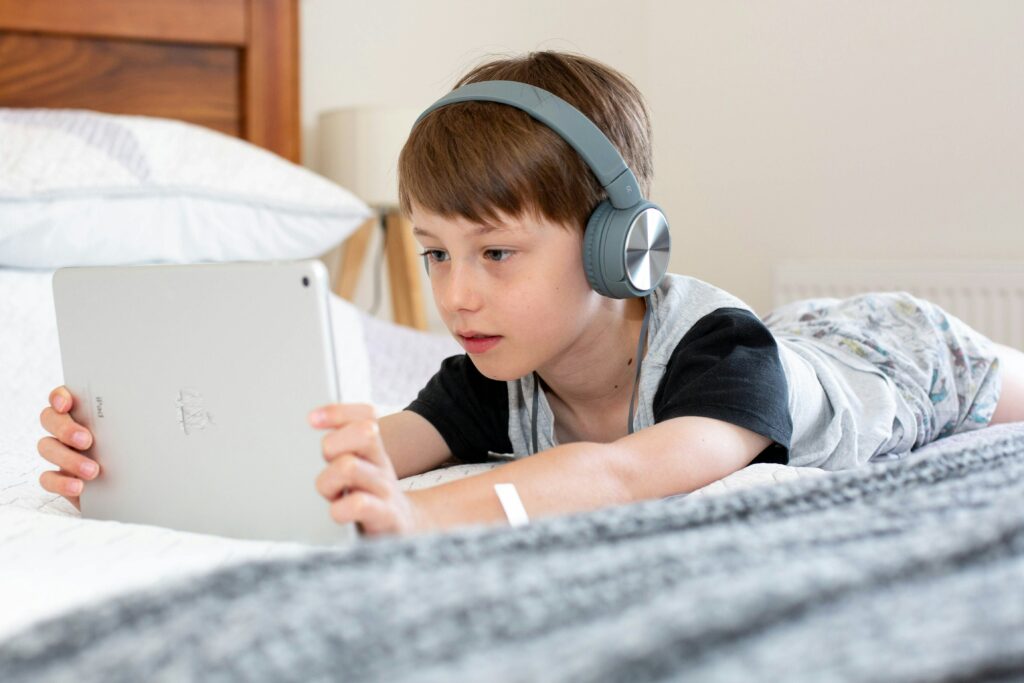
The Report Card on the 24-Hour Movement Guidelines was a real eye-opener for me. Although I knew that many young people aren’t getting enough physical activity, I was shocked to learn that just 4 percent have enough movement in their lives to meet the guidelines. I figured the numbers would be low, but not that low. That really inspired me to focus on getting youth more physically active.
This has inspired me to explore enjoyable and imaginative ways to promote fitness to the youth, as well as assisting them in becoming more conscious of better sleeping habits, screen-time minimization, and so much more. Those three fundamentals— movement, rest, and screen time — are all interrelated. As an aspiring educator, these are the types of classes I hope to build, in which students can learn healthy habits they can take with them for the rest of their lives, and in a way that is relatable and fun.
Something I’d Like to Learn More About
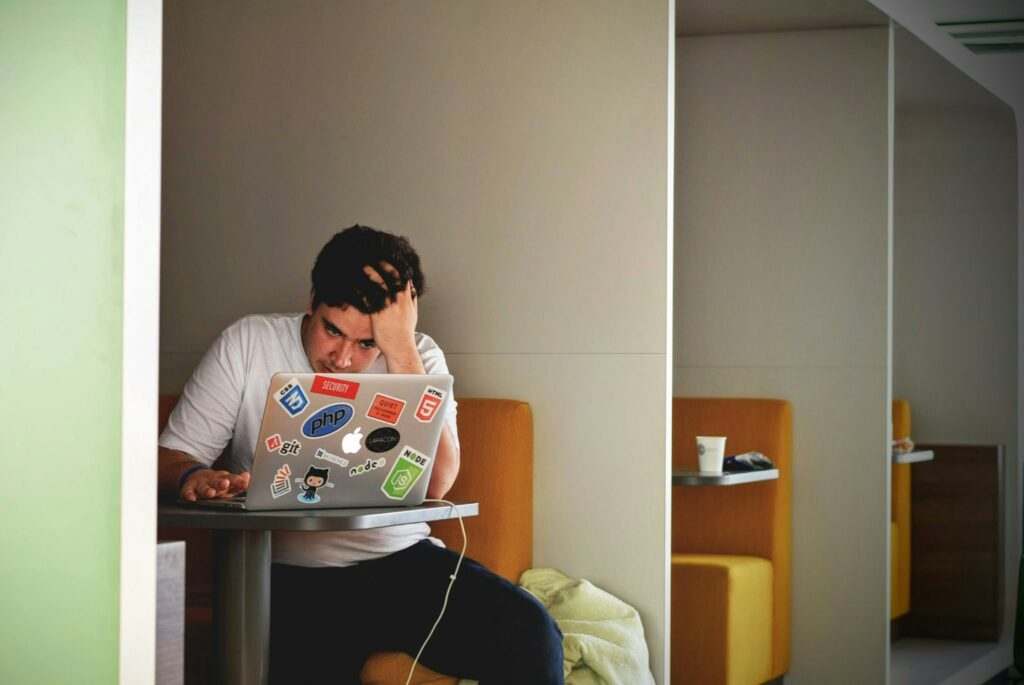
I would love to learn more about how physical health affects mental health. It’s a subject I believe many people overlook, but the connection between physical activity and mood or focus is so strong that they directly affect cognitive function and, therefore, academic performance. We need to take movement and its role in mental health and learning more seriously.
Knowing more about this would make me better equipped to support students, particularly around studying and learning strategies. I work as a high school math tutor, so I come across students who struggle with the subject. When students tell me they’d ask for advice on preparing to study, now I can recommend taking breaks to walk, bike, or run before resuming. However, integrating physical activity into a study plan could be a real game-changer in terms of academic performance with better mental health as well.
Reflection on My Self-Development

Reflecting on the beginning of this course, I can definitely say my knowledge of physical and health education has expanded. I used to think of physical education as making sure that you had time to get out and walk around, but now I’m seeing all the implications on mental health, social health, and well-being in general. My main takeaway is how much remains to be done to support youth and get them moving, active, and healthy after learning about the 24-Hour Movement Guidelines Report Card.
My view of building inclusive and engaging learning environments has also evolved. With the help of the Universal Design for Learning (UDL) framework, I started to understand the value of providing multiple options for students to engage, learn, and show what they knew. It’s very important to ensure that everyone feels empowered and included. Also, I’ve picked up some really smart tricks on writing blog posts on WordPress which have allowed me to reflect and express my musings in a much more organized and creative manner. Going forward, I look forward to designing fun and accessible learning experiences that enable students to solidify lifelong healthy habits.






